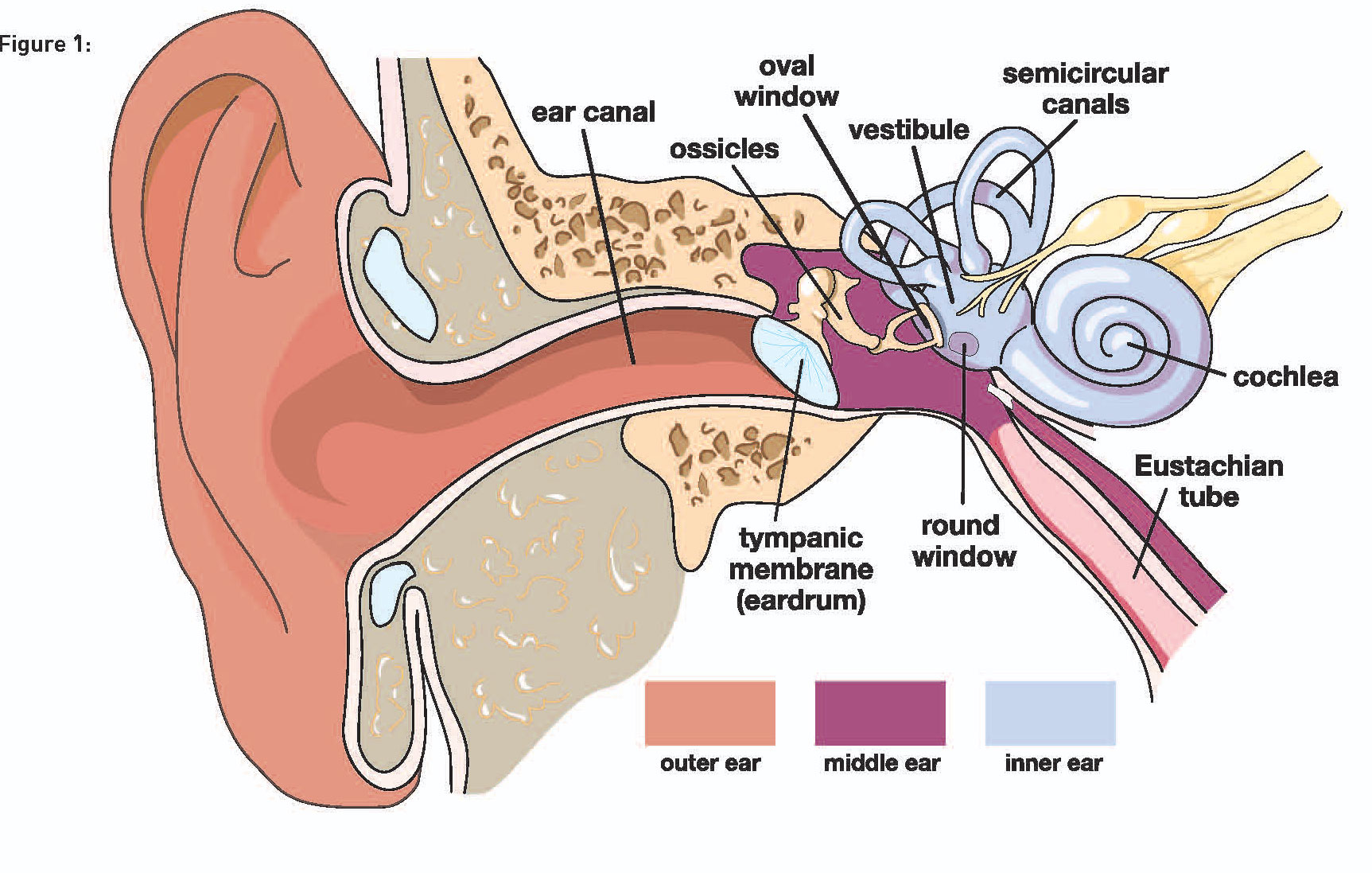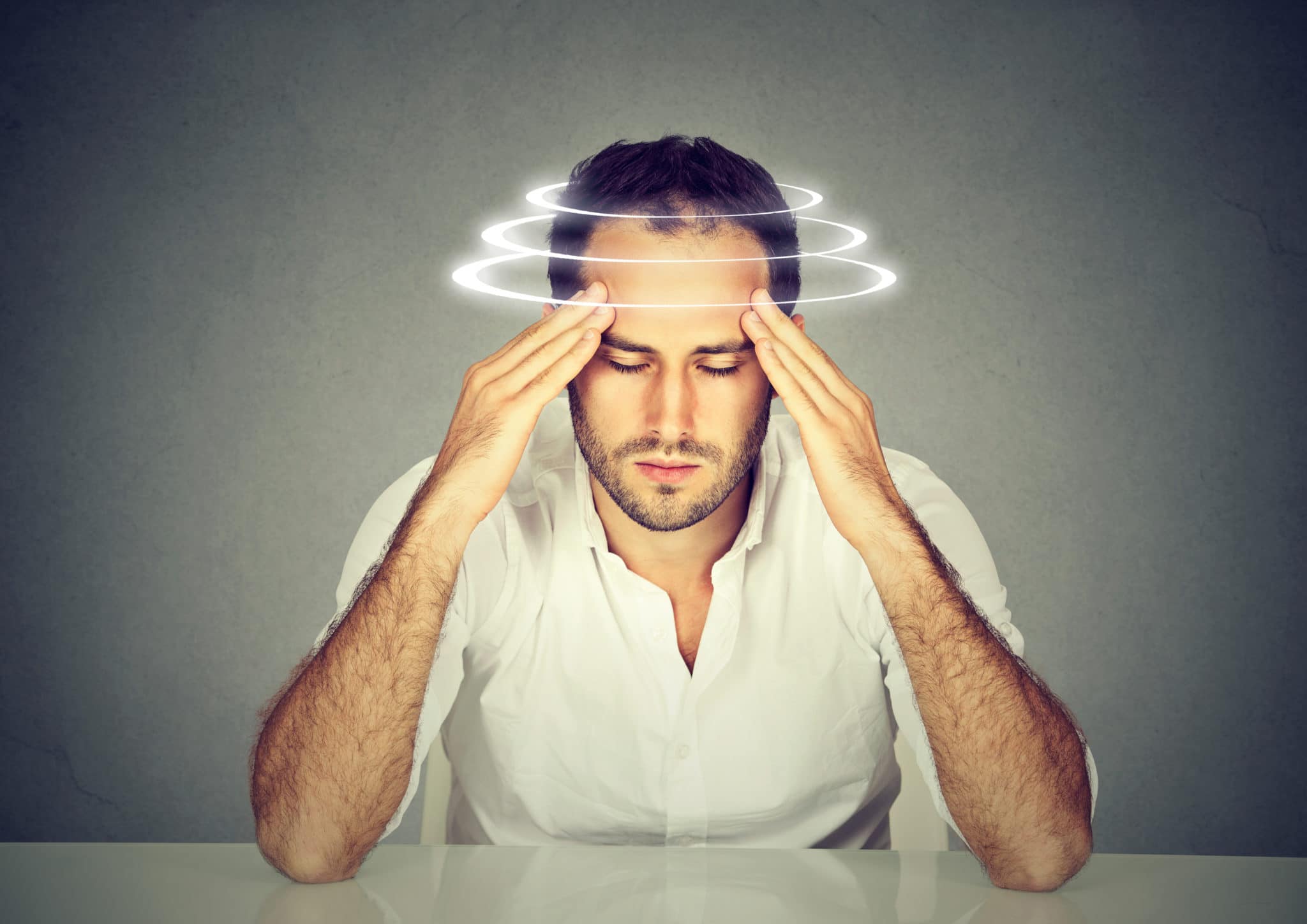Vertigo which ear –
Vertigo which ear, a perplexing condition that affects balance and orientation, invites us to delve into the intricacies of the inner ear and explore the underlying causes that can disrupt its delicate equilibrium.
From benign positional vertigo to Meniere’s disease, this comprehensive guide unravels the symptoms, diagnosis, and treatment options associated with vertigo in one ear, empowering you with knowledge and strategies for effective management.
*
Vertigo Which Ear

Vertigo is a condition that causes a person to feel dizzy and off-balance. It can be caused by a variety of factors, including problems with the inner ear, the brain, or the nervous system.
The inner ear is responsible for balance. It contains a fluid-filled structure called the labyrinth, which is made up of three semicircular canals and two otolith organs. The semicircular canals sense rotation, while the otolith organs sense gravity and linear acceleration.
When the inner ear is damaged or malfunctioning, it can send incorrect signals to the brain, which can lead to vertigo. Vertigo can also be caused by problems with the brain or the nervous system, such as a stroke or a tumor.
If you’re experiencing vertigo, it’s important to determine which ear is affected. This will help your doctor narrow down the possible causes and recommend the most appropriate treatment. For more information on what you can do for vertigo, click here . Once you’ve determined which ear is affected, you can begin to explore the potential causes of your vertigo.
Causes of Vertigo Which Ear
There are a number of conditions that can cause vertigo in one ear. These include:
- Benign paroxysmal positional vertigo (BPPV)is a common cause of vertigo. It occurs when small crystals in the inner ear become dislodged and move into the semicircular canals. This can cause sudden episodes of vertigo that last for a few seconds or minutes.
- Ménière’s diseaseis a disorder of the inner ear that can cause vertigo, hearing loss, and tinnitus (ringing in the ears). It is thought to be caused by a buildup of fluid in the inner ear.
- Acoustic neuromais a non-cancerous tumor that grows on the nerve that connects the inner ear to the brain. It can cause vertigo, hearing loss, and facial weakness.
Symptoms and Diagnosis: Vertigo Which Ear
:max_bytes(150000):strip_icc()/causes-of-vertigo-1298945-color-V13-614e9f9446fe4596bd4180958509cc61.png)
Vertigo is a common condition that can cause dizziness, nausea, and vomiting. It is often caused by a problem with the inner ear, which is responsible for balance. Vertigo can be a very distressing condition, but it is usually not serious and can be managed with simple treatments.
The symptoms of vertigo can vary depending on the underlying cause. However, some of the most common symptoms include:
- Dizziness
- Nausea
- Vomiting
- Loss of balance
- Tinnitus (ringing in the ears)
- Hearing loss
Vertigo can be diagnosed by a doctor through a physical examination and a review of your medical history. Your doctor may also order some tests, such as a hearing test or a balance test, to help confirm the diagnosis.
Once vertigo has been diagnosed, your doctor will recommend the best course of treatment. Treatment for vertigo will vary depending on the underlying cause, but some common treatments include:
- Medications to reduce dizziness and nausea
- Vestibular rehabilitation therapy to help improve balance
- Surgery to correct a problem with the inner ear
In most cases, vertigo can be managed with simple treatments. However, it is important to see a doctor if you are experiencing symptoms of vertigo, as it can be a sign of a more serious underlying condition.
Treatment Options
Vertigo can be treated with a variety of methods, depending on the underlying cause and the severity of symptoms. Treatment options include medications, physical therapy, and surgery.
Medications can be used to relieve symptoms of vertigo, such as nausea, vomiting, and dizziness. Common medications used for vertigo include antihistamines, anticholinergics, and benzodiazepines.
Physical therapy can help improve balance and coordination, which can reduce symptoms of vertigo. Physical therapy exercises may include head and eye movements, balance exercises, and gait training.
Surgery is rarely necessary for vertigo. However, it may be an option if other treatments have not been successful or if the underlying cause of vertigo is a structural abnormality in the ear.
Choosing the Best Treatment Option
The best treatment option for vertigo will depend on the individual patient’s needs and preferences. In some cases, a combination of treatments may be necessary to achieve the best results.
When choosing a treatment option, it is important to consider the following factors:
- The severity of symptoms
- The underlying cause of vertigo
- The patient’s age and overall health
- The patient’s preferences
It is important to discuss all of the treatment options with a doctor before making a decision.
Prevention and Outlook

Vertigo can be a debilitating condition, but there are things you can do to prevent it and improve your outlook.
Lifestyle Changes
*
- *Get regular exercise. Exercise can help improve your balance and coordination, which can reduce your risk of falls.
- *Eat a healthy diet. Eating a healthy diet can help you maintain a healthy weight, which can also reduce your risk of falls.
- *Avoid alcohol and smoking. Alcohol and smoking can both increase your risk of falls.
- *Get enough sleep. Getting enough sleep can help you stay alert and focused, which can reduce your risk of falls.
- *Manage stress. Stress can contribute to vertigo, so it’s important to find healthy ways to manage stress.
Long-Term Outlook, Vertigo which ear
The long-term outlook for people with vertigo is generally good. Most people with vertigo will experience only occasional episodes, and they will be able to manage their symptoms with lifestyle changes and medication. However, some people with vertigo may experience more severe symptoms that require more intensive treatment.
Resources
There are a number of resources available to help people with vertigo. These resources include:*
-*The American Academy of Otolaryngology-Head and Neck Surgery (AAO-HNS)
https://www.entnet.org/
-
-*The National Institute on Deafness and Other Communication Disorders (NIDCD)
https://www.nidcd.nih.gov/
-*The Vertigo and Dizziness Association (VDA)
https://www.vda.org/
Summary

Vertigo which ear, while often unsettling, can be effectively managed with appropriate treatment and lifestyle modifications. Understanding the underlying causes and seeking professional guidance empowers individuals to regain balance and improve their overall well-being.
-*
